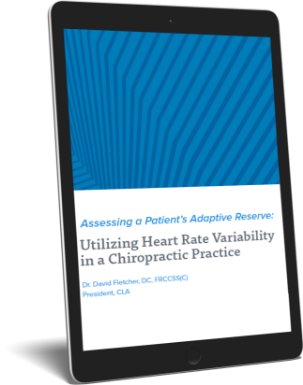Correction: The April 2000 “Research on Purpose” column incorrectly stated that all states provide religious exemptions to immunizations. It should have stated most states provide religious exemptions. West Virginia and Mississippi do not currently have such exemptions.

Flu shots
A common ritual in America is getting a flu shot “just in case” when “flu season” is immanent. How safe and effective are today’s influenza vaccines? Scheifle et al described the results of a study of hospital workers receiving trivalent influenza vaccine prepared for the 1988-1989 flu season. Of approximately 500 full-time workers in “high risk” areas, 288 took the vaccine. Of these, 266 returned a questionnaire regarding any symptoms experienced within 48 hours after the vaccination. 90% of the respondents reported adverse effects. 49% reported systemic adverse effects. 5% missed work as a consequence of vaccine adverse effects. This study was reported in the Canadian Medical Association Journal January 15, 1990.
Ten years later, things aren’t any better. A “CBC News” report dated January 12, 2000, states that flu vaccine is only 30-50% effective in seniors, and 70-90% effective in healthy adults.
Officials in Los Angeles were baffled when a group of vaccine recipients developed influenza. “We don’t know why. Nobody knows,” said Dr. Weinstein, chief of infectious diseases at Kaiser Permanente’s Panorama City Hospital. “It seems to be the same strain that’s in the vaccine, so it should’ve worked,” he continued.
In Vancouver, British Columbia, during the 6:00 p.m. news hour on Friday, January 7, 2000, reporter Harvey Oberfeld noted that of 32 individuals who received a flu shot, 30 had contracted the flu. This is a failure rate of more than 90%.
Vaccine enthusiasts reached the height of their folly in 1976, when a pandemic of “killer swine flu” was predicted. America was asked to buy a “pig in a poke” and accept vaccination. The media proclaimed that failure to do so would result in an epidemic that would rival any in recorded history. The government spent millions on the vaccine. The outcome? There were deaths. There were cases of paralysis. But they were not from the dreaded “killer flu.” They resulted from the vaccine that was supposed to prevent it.
J. Anthony Morris, one-time head of influenza control in the U.S., warned his superiors in the federal government that the vaccine was dangerous and probably ineffective. When they refused to act, he went directly to the media. Morris advised the public that the vaccine was unsafe, and an epidemic was unlikely. As a result, he was fired from his position at the Food and Drug Administration. His experimental animals, representing years of research, were destroyed. Publication of his findings were blocked by his superiors.
Other scientists and physicians were also critical of the vaccine. Nobel Laureate Linus Pauling, in a letter to the author dated May 11, 1976, indicated that he and his wife did not intend to the take the vaccine because he felt there was “significant danger” associated with it.
The Lancaster, Pennsylvania Intelligencer Journal of August 14, 1976 reported on a survey of practicing physicians asked about the vaccine. 100% of the physicians surveyed said they would not administer swine flu shots to their own children. T.A. Vonder Haar, then Coordinator of Programs in Public Policy at the University of Missouri stated in a letter dated May 10, 1976, “Virus vaccines are notoriously ineffective…flu vaccines have been documented as having contained SV-40, a known carcinogen, with full FDA knowledge.”
Even the insurance industry balked at this one. They refused to indemnify vaccine makers against claims arising from the administration of swine flu vaccine C. Joseph Stetler, then president of the Pharmaceutical Manufacturer’s Association was quoted by UPI as saying, “It’s like you taking out a life insurance policy and suddenly becoming a kamikaze pilot.” The answer — the government agreed to insure the vaccine makers! What was the result of this debacle?
According to Newsweek, July 18, 1977, $135 million was appropriated by Congress to indemnify vaccine makers. However claims totaling more than $1.3 billion dollars were filed with the Justice Department alleging injury or death as a result of the swine flu shots. 517 Americans were struck with Guillain-Barre syndrome, and at least 23 died. And what of the killer epidemic? The total number of swine flu cases was six, and in some cases the diagnosis was questionable.
Flu shots seem to be more a product of cultural superstition than science. Think twice before rolling up your sleeve.




























































